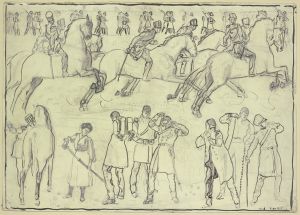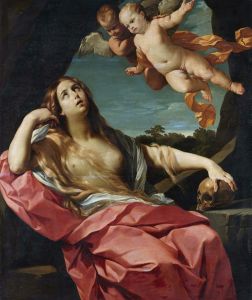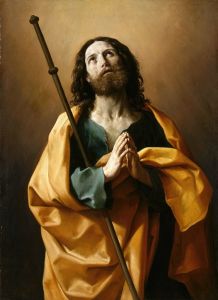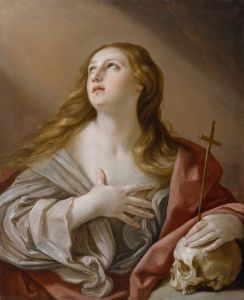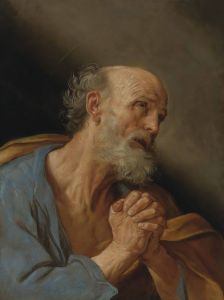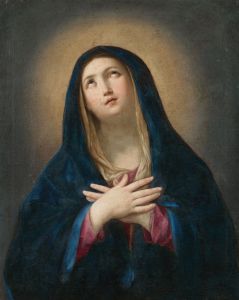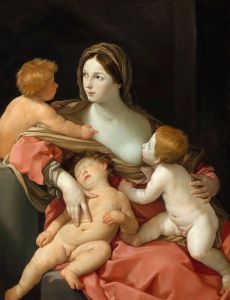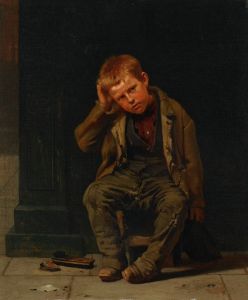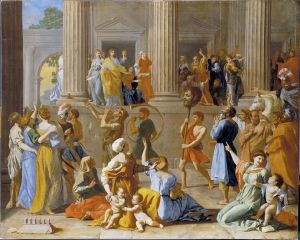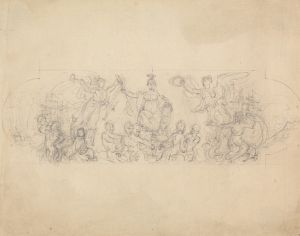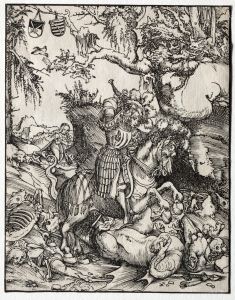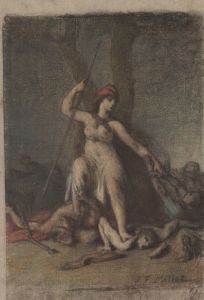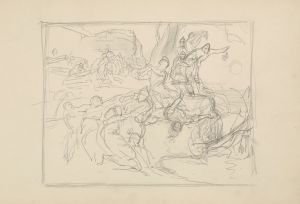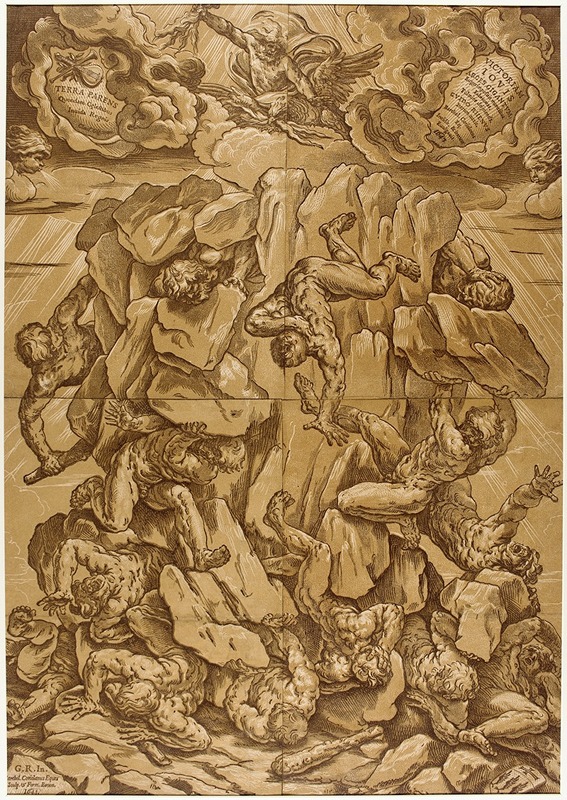
The Fall of the Giants
A hand-painted replica of Guido Reni’s masterpiece The Fall of the Giants, meticulously crafted by professional artists to capture the true essence of the original. Each piece is created with museum-quality canvas and rare mineral pigments, carefully painted by experienced artists with delicate brushstrokes and rich, layered colors to perfectly recreate the texture of the original artwork. Unlike machine-printed reproductions, this hand-painted version brings the painting to life, infused with the artist’s emotions and skill in every stroke. Whether for personal collection or home decoration, it instantly elevates the artistic atmosphere of any space.
"The Fall of the Giants" is a monumental fresco by the Italian Baroque painter Guido Reni. This work is a significant example of Reni's mastery in fresco painting, showcasing his ability to depict dynamic movement and dramatic compositions. Created between 1636 and 1638, the fresco is located in the Palazzo Pallavicini-Rospigliosi in Rome, Italy.
Guido Reni, born in 1575 in Bologna, was a prominent figure in the Baroque art movement. He was known for his graceful style and his ability to convey emotion through his works. Reni's training began under the Bolognese painter Denis Calvaert, and he later joined the Carracci Academy, which was influential in shaping his artistic development. His works often reflect a blend of classical and Baroque elements, characterized by clarity, harmony, and a refined use of color.
"The Fall of the Giants" depicts the mythological story of the Giants' rebellion against the Olympian gods, a theme derived from Ovid's "Metamorphoses." The narrative illustrates the dramatic moment when the Giants, having attempted to overthrow the gods, are defeated and cast down by the thunderbolts of Jupiter, the king of the gods. This theme was popular in Baroque art, as it allowed artists to explore complex compositions and convey a sense of movement and chaos.
Reni's fresco is notable for its dynamic composition and the skillful use of perspective to create a sense of depth and movement. The figures of the Giants are depicted in various poses of defeat and despair, their massive forms tumbling through the sky. Above them, the gods are shown in triumph, with Jupiter prominently positioned, hurling his thunderbolts. The use of foreshortening and the dramatic contrasts of light and shadow enhance the sense of action and tension in the scene.
The fresco is also remarkable for its technical execution. Reni employed a sophisticated use of color and chiaroscuro to achieve a three-dimensional effect, bringing the figures to life and emphasizing the drama of the narrative. The composition is carefully balanced, with the chaotic movement of the Giants contrasted by the serene and ordered presence of the gods above.
"The Fall of the Giants" reflects Reni's ability to combine classical ideals with the emotional intensity of the Baroque style. His work on this fresco demonstrates his skill in handling large-scale compositions and his talent for storytelling through art. The fresco remains an important example of Baroque mural painting and a testament to Reni's artistic legacy.
Today, "The Fall of the Giants" continues to be admired for its artistic excellence and its contribution to the rich tradition of Baroque art. Visitors to the Palazzo Pallavicini-Rospigliosi can view this masterpiece and appreciate Reni's ability to capture the drama and grandeur of mythological themes.





